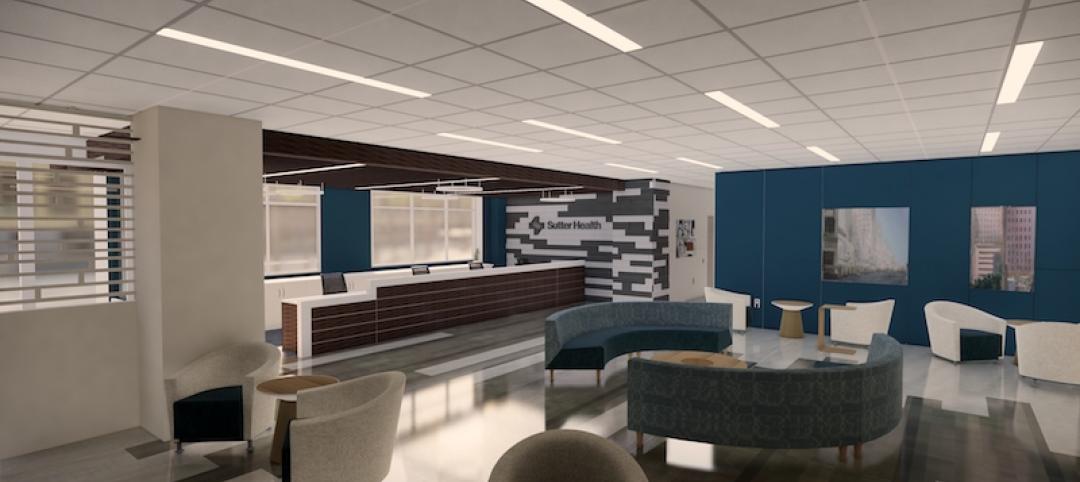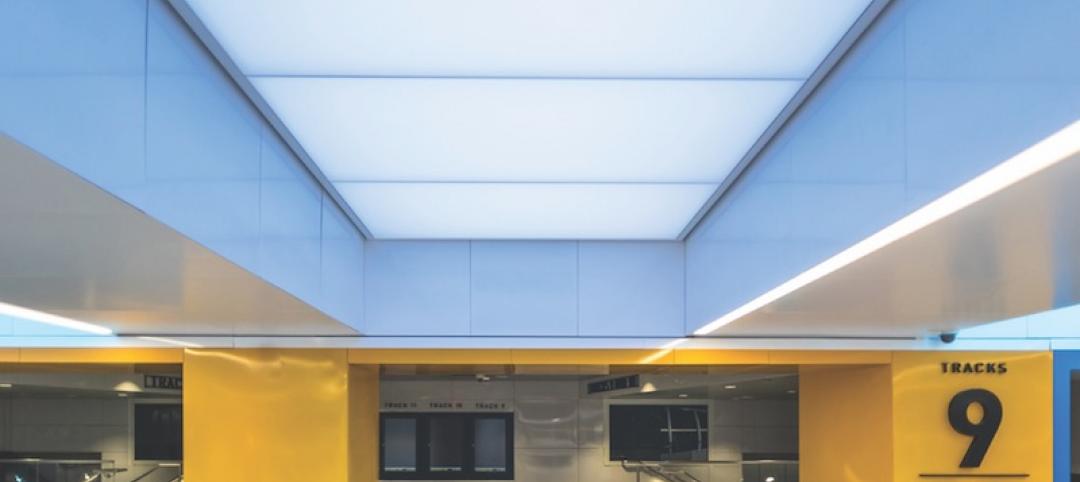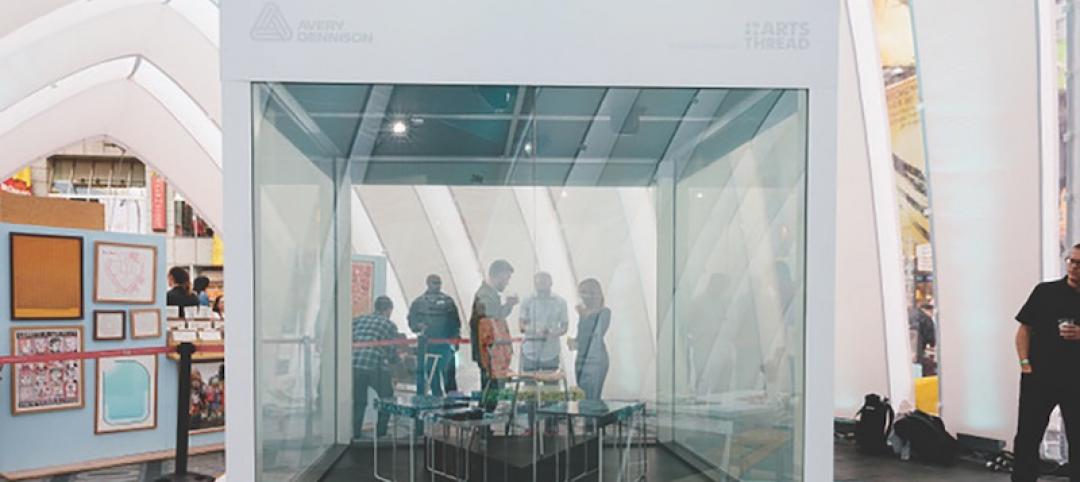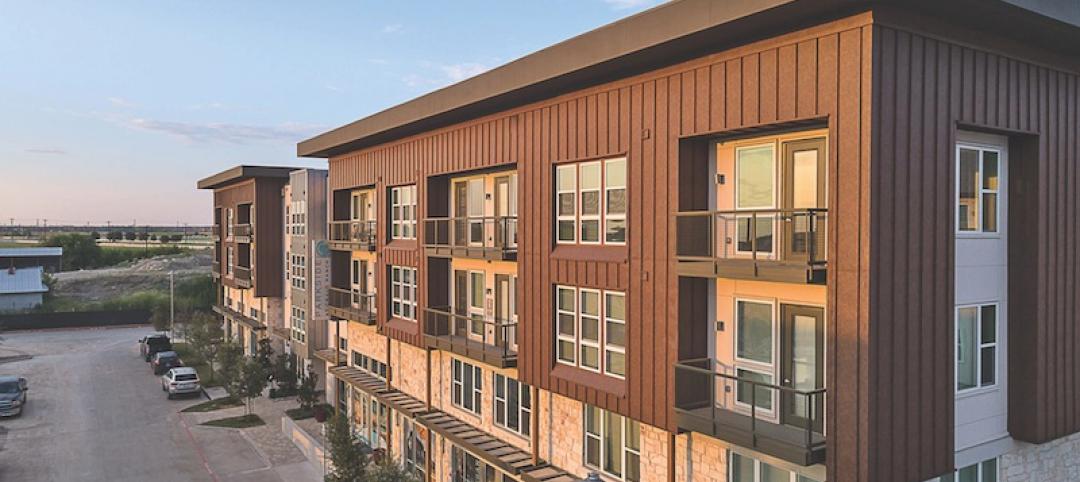 |
Healthcare construction spending grew at a compound rate of more than 10% for seven years through mid-2008, but has stalled since then. The stall, however, still represents better growth than almost any other construction market during the recession, which deepened as a result of the fall 2008 credit freeze.
During the stall, hospital construction spending increased 9% from the period before the credit freeze, while spending for nursing homes and other residential care facilities dropped 20% and spending for specialized medical office buildings fell 17%. Hospital construction spending is projected to remain steady through 2010, rising only as a result of higher project costs.
Hospital managers are enjoying a steadily rising revenue stream from patient care, but offsetting that are concerns about possible cuts in fees from states for “free care” and cuts in Medicaid and Medicare. As a precaution, some projects have been trimmed back or deferred.
The recent slowing trend for medical offices and residential care buildings parallels trends in other developed financed sectors, although the slowdown began later and so far has been less severe. Some developers lost credit access because of weakened income and balance sheets. Others lost credit access because lenders are concerned about cash flow coming from new capacity in a depressed economy. Bank examiners have also been steering regional and local lenders away from nonresidential mortgages. As a result, those two small commercial healthcare sectors will continue to decline, along with other commercial properties, through the winter. Following that, they will decline further because spending for other commercial properties will have begun to expand and projects in the pipeline will have fallen substantially.
Look for healthcare construction spending to return to a 10% annual growth pace in 2011, reflective of the usual cyclical surge after a recession. The rebound for hospital construction spending results from delayed stimulus plan funding and the resumption of work that was put on hold while healthcare was debated in Washington. —Jim Haughey, BD+C economist
Related Stories
Products and Materials | Feb 26, 2019
BD+C's February Products at Work
These 6 products solved tricky problems on job sites.
Products and Materials | Jan 24, 2019
BD+C's January Products at Work
These 6 products solved tricky problems on job sites.
Interior Architecture | Jan 14, 2019
To get more involved earlier in projects, a leading furniture dealer launches a firm for commercial interiors construction
Vantis is positioned to integrate design with offsite customized fabrication.
Products and Materials | Jan 3, 2019
BD+C's December Products at Work
These 6 products solved tricky problems on job sites.
Products and Materials | Dec 10, 2018
BD+C's November Products at Work
These 6 products solved tricky problems on job sites.
Products and Materials | Oct 29, 2018
BD+C's October Products at Work
These 6 products solved tricky problems on job sites.
Products and Materials | Sep 18, 2018
Products at work: 6 product applications for your next project
These products brought a unique element and provided solutions to these six projects.
Products and Materials | Aug 29, 2018
6 innovative multifamily products
6 new products to help put the finishing touches on any multifamily project.
Products and Materials | Aug 24, 2018
Product innovations: Bathroom cubicles, digital glass partitions, and a self-cleaning toilet
These six products can provide innovative solutions to numerous design projects.
Products and Materials | Aug 22, 2018
Products at work: 6 novel product applications
These 6 products solved tricky problems on job sites.
















